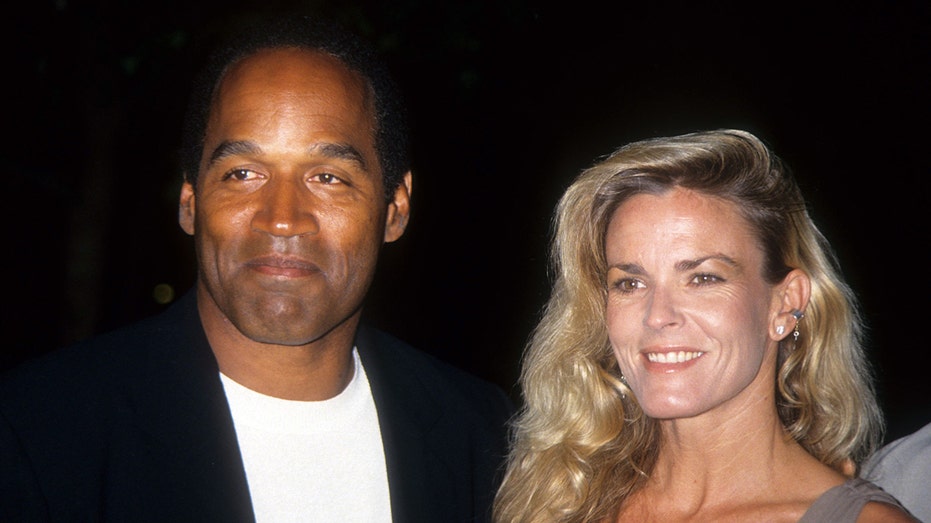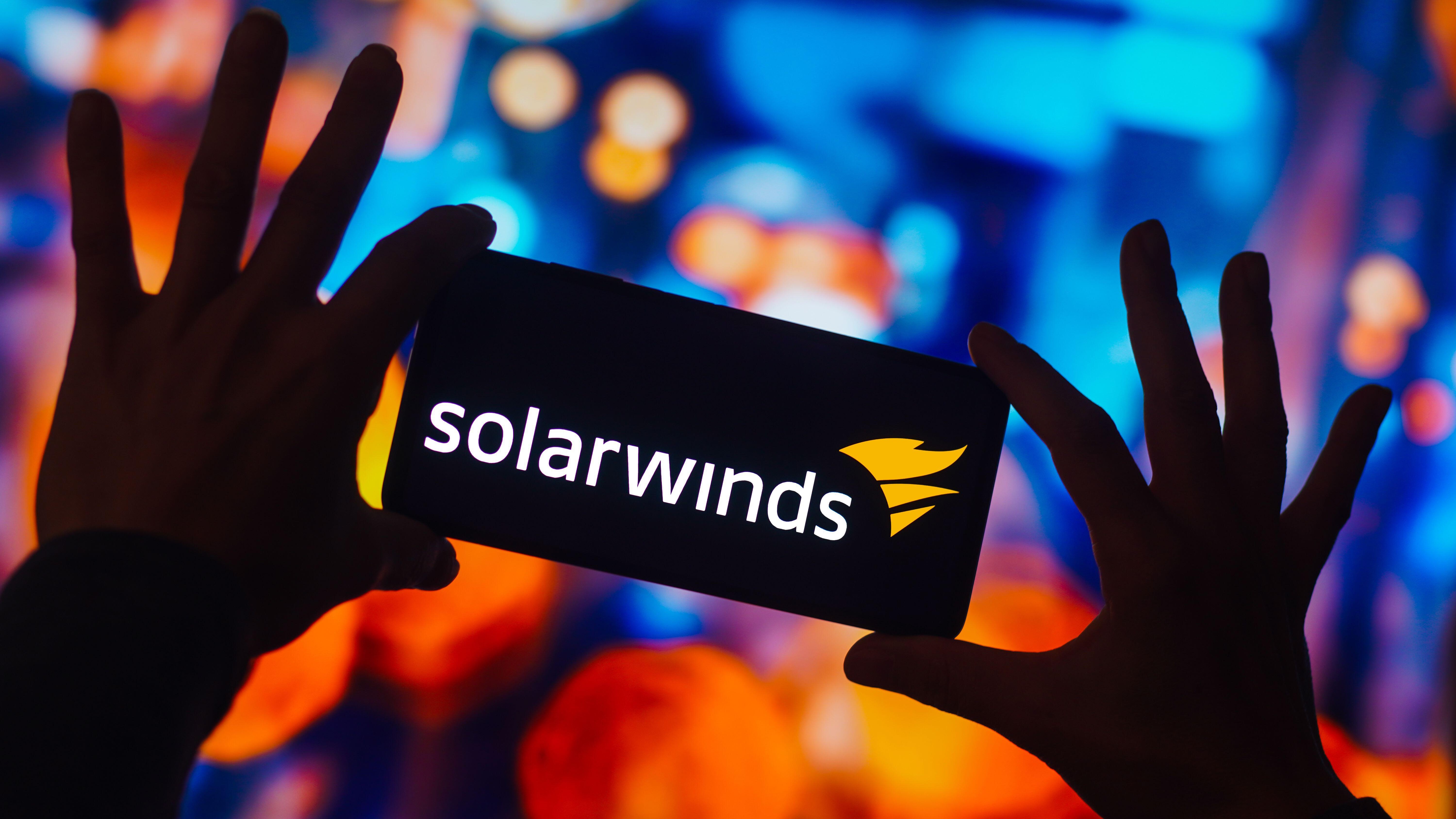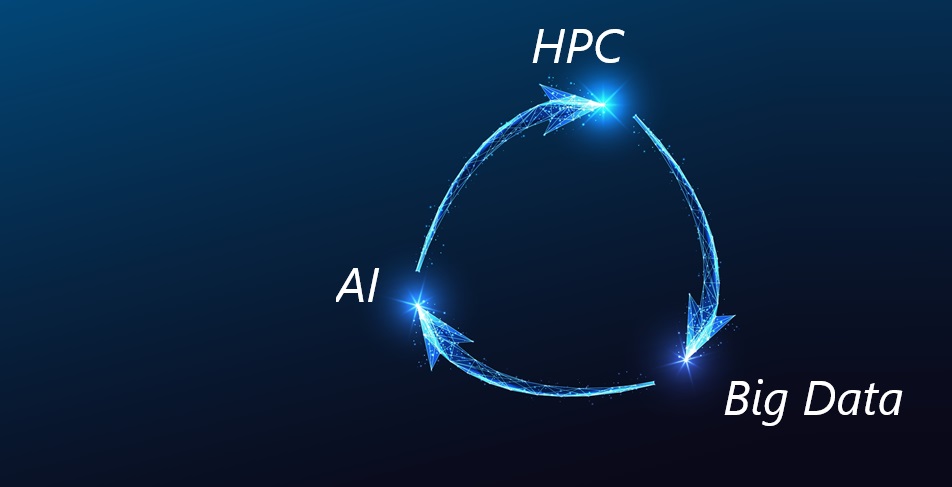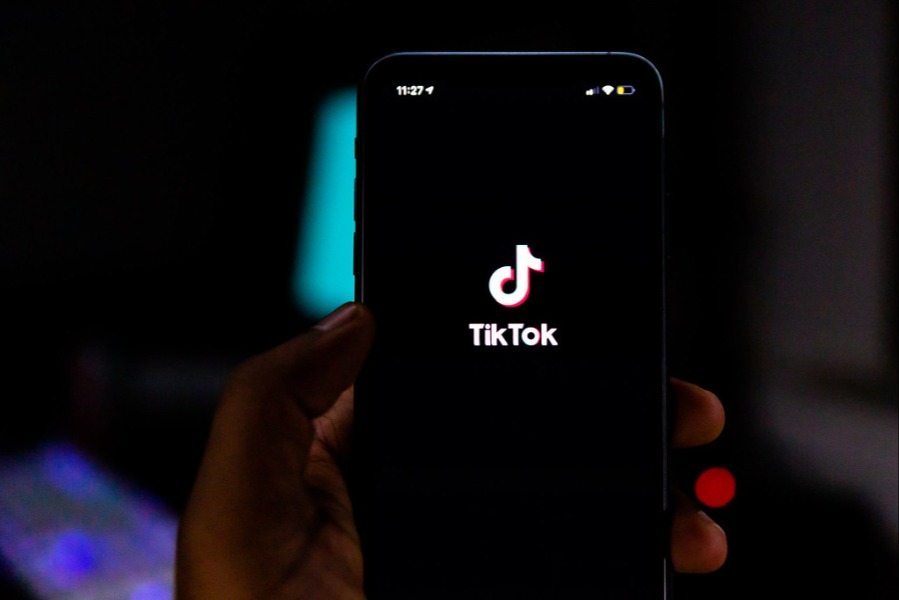★ My 2024 Apple Report Card
While there are several areas where Apple maintained consistent excellence in 2024, I can’t think of a single area where Apple levelled up. Not one. That feels like a problem.

This week Jason Snell published his annual Six Colors Apple Report Card for 2024. As I’ve done in the past — 2023, 2022, 2021, 2020, 2019, 2018 — I’m publishing my full remarks and grades here. On Snell’s report card, voters give per-category scores ranging from 5 to 1; I’ve translated these to letter grades, A to F, which is how I consider them.1
Most of my grades are unchanged from a year ago. For those that have changed, I’ve noted last year’s grade in parentheses. I didn’t realize this as I was writing my report card, but each of my grades that changed from last year was lower. Not one grade went up. Thinking about that as I write this preamble today, it feels correct: there are several areas where Apple maintained consistent excellence in 2024, but I can’t think of a single area where Apple levelled up. Not one. That feels like a problem.2
It’s also worth noting that “Siri” is not a standalone category in the report card. We graders simply comment on it as one aspect within other categories and products, like HomePod or Apple Music. Historically that made sense — when it started, Siri was just a flashy new feature of iOS 5. At this point, though, I think “Siri/Apple Intelligence” clearly deserves to be considered as a category unto itself. One way to think about it: anything that comprises the entire domain of a senior Apple executive probably ought to be its own category on the report card. For Siri and Apple Intelligence, that’s John Giannandrea. For another: Apple’s own heavy marketing of Apple Intelligence suggests they themselves consider it a category-level aspect of the company. I’ve suggested this to Snell, and he’s considering adding it as a proper category next year. (And, unsurprisingly, given his own sharp writing on the subject, he was already thinking about it before I pinged him.)
If “Siri/Apple Intelligence” were a category for this report card, I’d have graded it a D — and much closer to an F than a C. Longstanding Siri features have not only not gotten better, they’ve seemingly gotten worse. Apple is simply not a relevant player in the explosively popular LLM game. The features under the “Apple Intelligence” umbrella mostly feel like Apple shipped them a full year ahead of readiness simply because the rest of the industry — and Wall Street — is way ahead of them, and they felt the need to ship what they had, ready or not. There are a lot of obviously useful potential AI-powered features — ones that integrate between apps, and/or use your personal data on-device — that, thanks to the tightly restricted sandboxing system Apple itself designed for iOS, only Apple itself can provide via AI. It doesn’t matter that Apple doesn’t offer, say, its own web search engine, because Safari can use whatever search engine you want. It does matter that Siri sucks because only Siri can tightly integrate at the system level with your device, and with your private cross-application data. The saving grace — what kept me from a giving this if-it-were-a-category category an F — is that a few of Apple’s ML/AI features are actually pretty great. Image search in Photos is excellent, downright amazing at times. The new Clean Up generative AI object/person removal tool in Photos is very good — both technically, and in terms of striking an opinionated balance regarding the nature of photography itself. Private Cloud Compute is a tremendously ambitious initiative — but we haven’t seen much fruit from it yet.
Mac: A
The Macs that Apple is shipping are better than ever. The most popular Mac models, by far, are the laptops, and both the MacBook Pro and Air lineups had good years. Even better, both now seem to be on regular annual upgrade schedules: MacBook Pros in the fall, MacBook Airs in the spring. Personally I am especially pleased, borderline ecstatic, regarding the new nano-texture (matte) display option now available on MacBook Pros for $150 extra. (They don’t even charge more for the option on the 16-models than 14-inch.)
The only hitch in the lineup are the Macs Apple hasn’t been shipping: the Mac Studio and Mac Pro remain unchanged since 2023, when the M2 models debuted. My presumption/hunch is they skipped the M3 generation for engineering reasons pertaining to TSMC’s first-generation 3nm process, and will be back on track in 2025 with new M4-generation models around WWDC.
MacOS 15 Sequoia, like 14 Sonoma and 13 Ventura before it, is a fine release. Reliable and familiar. Apple Intelligence features that I largely don’t use (or at least don’t use much yet) are easily ignored and do not get in the way of what is tried and true about, by far, the greatest computing platform the world has ever seen.
iPhone: A
If it ain’t broke, don’t fix it. Nothing has been broke regarding the iPhone lineup, and Apple hasn’t tried to fix anything. This is good. Changes for the sake of change are the surest sign of a company in decline. Stagnation and hubris are concerns for any wildly successful product, but it takes confidence to let great design speak for itself without making facile unnecessary changes.
Camera Control is the big new hardware change in the iPhone 16 generation, and while I’d like to see the actual button improve (I think it’s too hard to press), in practice I make frequent use of it. I spent some time back on an iPhone 15 over the holidays and I instantly missed having a Camera Control button to launch the Camera app. Also: kudos to Apple for bringing Camera Control to the entire iPhone 16 lineup, not just the Pro models.
iOS 18 is refined, mature, and familiar.
iPad: C
The iPad hardware story is excellent. iPad Pros got the M4 chips months ahead of the Mac, and now have an excellent nano-texture display option. (Please, Apple: bring nano-texture to the iPhone. Take my money.) The iPad Air got a fine update to the M2 chip in May. And the iPad Mini got its first update since 2021, and thus continues to be a product in Apple’s lineup.
But iPadOS still strikes me like the no-man’s-land platform: nowhere near as capable productivity-wise as a Mac; nowhere near as portable or as conceptually simple as an iPhone. I made a concerted effort not to use my iPad for anything but long-form reading in recent months. I find myself noticeably more productive for it. Try to work on an iPad, for me, continues to feel like trying to perform surgery while wearing mittens.
Wearables Overall: B
AirPods 4 with ANC are a terrific update. AirPods Pro 2, though years-old hardware, saw significant software improvements this year — most notably, widely acclaimed support for use as certified hearing aids. AirPods continue to exemplify Apple its best.
Apple Watch: C (last year: B)
Series 10 watches feature a new display that supports once-per-second updates while in energy-saving always-on mode. So the seconds hand on an analog face can “tick” once per second even when the display isn’t fully on. But Apple only enabled this ticking seconds indicator on two watch faces, both new to WatchOS 11: Flux and Reflections. Setting aside the fact that I personally don’t like either of those faces (Flux in particular seems deliberately obtuse), this is ridiculous. WatchOS 11 offers, by my quick count, at least 33 different watch faces that offer a non-digital seconds hand or indicator. And only 2 of them support the new 1Hz refresh rate? That’s bullshit. And it wasn’t just a launch thing, because here we are in February, with WatchOS 11.3, and zero additional watch faces have been updated to support it. This is not how a serious watchmaker treats its watches. I will admit to caring far more about always-on seconds hands than most people, but this isn’t how a serious watchmaker deals with technical breakthroughs like this new display with a 1Hz refresh rate. Not just most, but every single watch face should have been updated to support ticking seconds. Apple Watch is turning more into a fitness tracker that happens to show the time, and away from serving as a proper watch.
Also: no Ultra 3 this year. The year-old Ultra 2 did gain a very nice black titanium color option, but that’s it. Kind of weird for a watch that starts at $800 — and that seems quite popular — to skip a year of silicon improvements.
Vision Pro: B (last year: N/A)
Is it a hit? No, far from it. But I remain unconvinced that Apple ever had much hope that this first Vision device would sell in much higher quantities than it has. The narrative that it’s a laughably overpriced bust reminds me of the original Macintosh in 1984, whose $2,500 price tag, adjusted for inflation, works out to over $7,500 in today’s dollars. After an initial wave of publicity on launch, the original Macintosh sold so poorly that it was arguably the primary impetus for John Sculley and Apple’s board to fire Steve Jobs and exile him from the company. Many pundits of the era confidently proclaimed that the entire concept of a GUI was a gimmick with no future.
Am I predicting that the Vision platform will have as bright and essential a future ahead of it as the Macintosh did in 1984? No. But I suspect it has a bright and essential future ahead of it. The entire concept and paradigm is so new and different that, like the Macintosh 40 years prior, the product had to ship years before a version could be made at a price that appeals to the mass market, and years before there’s all that much to do using it.
But, as it stands, Vision Pro today offers an incredible experience for watching traditional movies and shows, and a breakthrough experience for watching spatial content. If Bang & Olufsen sold this product in a form that only played movies — no “spatial computing” — it would cost $10,000 and some people would consider it well worth the price. Spatial computing feels fun to me, but not very productive. That could change, and I suspect “fun but not productive” is how I would have described trying to work on a Macintosh in 1984 vs. an Apple II. And Vision Pro’s remarkable (and with VisionOS 2, much improved) Mac Virtual Display feature is a highly-productive environment for work.
I can’t give Vision Pro an A for 2024, but I foresee A’s in future years.
Home: D (last year: C)
I can’t name one improvement to HomeKit or anything Home-related in 2024, and this is a platform sorely in need of many improvements. Fingers crossed for 2025, though. I know there are talented people on that team, and they have to be up to something.
Apple TV: C (last year: B)
I’m a very happy daily (well, nightly) Apple TV user. But what exactly improved or changed in 2024? Anything? It may well be fair to say the current hardware — Apple TV 4K 3rd-gen, which shipped in November 2022 — is fine, and this is a hardware platform that only needs updates every 3 or 4 years, but we’re grading what happened in 2024.
Also: I feel like Apple has never yet made a truly great remote control for this platform. The current one is their best yet, but it has obvious flaws.
Services: B
TV+ is far from the biggest streaming service, but I’d argue adamantly that it has by far the highest batting average for quality content. Movies are still a weakness: Wolfs should have been great but was mediocre and forgettable. And that was TV+’s best movie of the year. But TV+ series continue to excel: Slow Horses had another crackerjack season, For All Mankind finished a good fourth season, and new shows like Dark Matter, Bad Monkey, and Presumed Innocent were all strong. TV+ is also a great streaming platform for young kids.
iCloud, especially with iCloud Plus, remains secure, fast, and reliable. It enables so much seamless continuity (hence Apple’s “Continuity” umbrella brand for those features) across devices.
But he we are again, with me repeating the same gripe from previous years: it’s miserly that Apple is still offering a mere 5 GB of storage at the free tier, and have left the paid-tier storage allotments unchanged since like forever. I crap bigger than 5 GB. I wonder how many zillions of iPhone users out there don’t have device backups because they only have a free iCloud account with 5 GB? The Apple One bundle is a good deal, but the free iCloud tier should be genuinely useful for backing up a modern iPhone. And paid Plus tiers should now offer more storage than they do.
Hardware Reliability: A
No news remains great news in this category.
Apple OS Quality: B
Apple Apps: B
Unchanged comment, and grade, from a year ago: I have concerns and complaints about aspects of the direction Apple’s software design is headed (or in some ways, has been now for years), but their software reliability has been very good for me.
One odd trend: several of Apple’s newest apps, like Journal and Sports (and now, though outside the temporal boundary for a 2024 report card, Invites) are only available for iPhone. Not even iOS, including iPhone and iPad. Just iPhone. Journal in particular belongs on iPadOS and MacOS, too, where people have hardware keyboards for writing.
Developer Relations: D (last year: C)
Fourth year in a row with basically the same comment: Resentment over App Store policies continues to build. Frustrations with the App Store review process seem unresolved. Apple’s goal should be for developer relations to be so good that developers look for excuses to create software exclusively for Apple’s platforms. The opposite is happening.
The big change globally this year is the Digital Markets Act going into effect in the EU. I stand apart from many in the Cupertino punditry racket in applauding Apple for their compliance efforts. I think they’ve complied with a terrible law as best they can while protecting their own vision for how their platforms should be designed and work. (And, of course, protecting their own vision for how Apple should be able to monetize those platforms.) But even I — a guy who thinks Apple has done a remarkable job shipping an enormous amount of work in order to comply with the DMA — can’t and won’t argue that any of Apple’s efforts on the DMA front have repaired or improved its relationship with third-party developers.
Despite the situation being largely unchanged, I’ve adjusted my grade on this subject from C to D this year, because stagnation is catching up to Apple. More of the same is making matters worse. And I think we saw that with the relative dearth of native app support for Vision Pro. There’s a chicken-and-egg problem with a new platform like VisionOS. The best way to generate developer interest in a new platform is to sell a lot of units to a lot of users who are looking for apps to use and games to play. But the best way to sell a lot of hardware units to a lot of users is to have a deep exclusive-to-the-platform ecosystem of both first- and third-party apps and games.
With previous new developer platforms, like iOS and Mac OS X, Apple powered through this initial conundrum by attracting developers who just wanted to create awesome new software for an awesome new platform. That enthusiasm was tempered greatly last year for VisionOS, and I think it was lot more about how developers feel about Apple and the App Store than how they feel about Vision Pro itself.
Social and Societal Impact: B (last year: A)
Snell’s prompt for this category states, “Consider anything you deem appropriate, including education and environmental initiatives, commitment to accessibility and diversity, treatment of Apple’s work force, and other political and policy stances.” Apple’s efforts on the environmental front continue to strike me as extraordinary. Their accessibility features are so far ahead of the rest of the industry that I don’t even know who’s in second place. On social issues, by staying true to its longstanding, humane, common sense values, Apple’s culture has seemingly remained utterly consistent through a series of tumultuous years in our society at large, during which other companies have ping-ponged first sharply left, and now sharply right.
If I stopped there, that would make for an obvious A grade. But: politics. I understand (I think) Tim Cook’s thinking and approach. I wouldn’t want his job, and genuinely wonder at times who would. Sing-song congratulatory tweets leave a bitter taste, but I’m amenable to the argument that CEOs must play the cards they’ve been dealt, not the cards they’d hoped for. If you have to serve shit sandwiches, serve shit sandwiches — but don’t tell us they taste like pumpkin pie. Tim Cook can’t donate $1 million to Trump’s inauguration slush fund when Apple donated a mere $43,200 to Biden’s and expect us to do anything but laugh at the supposed justification that Cook “believes the inauguration is a great American tradition, and is donating to the inauguration in the spirit of unity.” That’s Tim Cook’s hoagie-sized shit sandwich to eat, and it’s disrespectful to pitch us on taking a few bites ourselves to help him get through it.
I genuinely believe Cook is doing what’s best for Apple, and that’s quite literally his job. But it was true during the first Trump administration, and already is again in the second, that what’s best for Apple politically is in conflict with what’s best for the country and for the world.
-
In my previous report cards I’ve described my scale as A to E (A = 5 ... E = 1), but here in the US, schools traditionally (but not always) omit E as a letter grade and use F as the grade below D, as the obvious shorthand for fail (and, apparently, to disambiguate from some weirdo schools that use a system in which E stands for excellent. (I give that grading system an F.) I never had to give the E vs. F thing much thought before, because I never thought it appropriate to give a failing grade in any category before. But pondering a hypothetical “Siri/Apple Intelligence” category this year got me thinking long and hard about a failing grade. And I realized that should be an F, not an E. ↩︎︎
-
If you said to me, “Come on Grubes, you can’t think of a single area where Apple did better in 2024 than 2023? Not one? There has to be something...” I would offer as a response, without hesitation, Apple TV original content. As I wrote just over a month ago, in my final post of the year, I would argue with anyone that the average quality of an Apple TV+ original show is higher than that for any other streaming platform. It really is the new HBO — not the most content, but the best content. That’s very Apple.
But that’s not a separate category on the Six Colors Report Card. Apple TV+ falls under “Services” (under which category I call it out for praise in this very report card), and my very high esteem for Apple TV+’s original content doesn’t justify bumping up my grade for “Services” as a whole — a sprawling category that, financially, a decade ago become Apple’s second-biggest and is seemingly on a trajectory to eventually surpass even the iPhone — from a B to an A.
I don’t see Apple’s foray into entertainment production as a distraction. The people at Apple working on computer hardware, software, and services, whether they be engineers, designers, managers, or even senior executives, aren’t involved in any way with TV+. And it’s not like Apple is cash-starved and diverting limited resources to entertainment production budgets at the expense of product development or R&D. Apple, the most valuable and profitable company in the world, can act a bit like a conglomerate without losing focus on its core business of making the world’s best computers, on which customers enjoy the world’s best computing experiences. TV+ is an important leg on the stool of reasons for people to subscribe to an Apple One services bundle. But, still, it’s at least a little worrisome that the area where I feel Apple most improved last year is one that is utterly unrelated to that core business.
Excellence, no matter how long sustained, is always precarious — delicate and fragile — and on the verge of succumbing to hubris and Father Time. ↩︎︎






































































